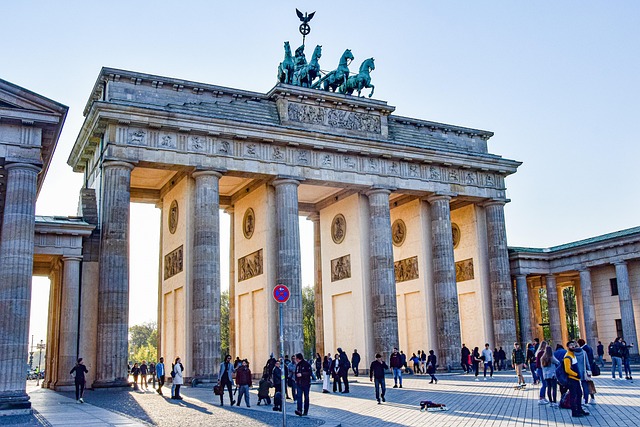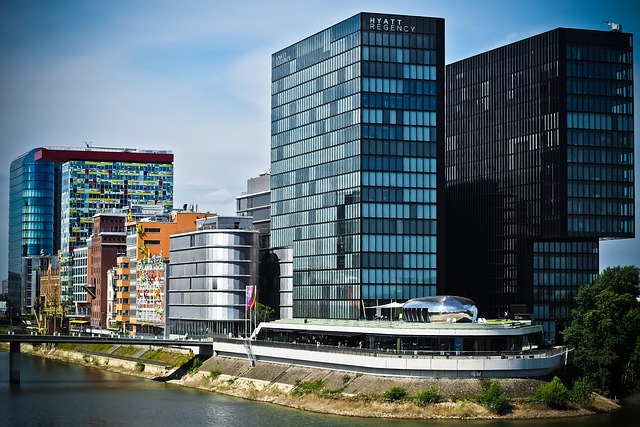In today's dynamic real estate market, multigenerational homes are gaining popularity due to evolving family dynamics and a desire for intergenerational connections. Developers are creating flexible spaces that blend retirement and family life, while sustainable growth in retirement communities catering to eco-conscious seniors is on the rise. Longer, more active retirements also present opportunities for investors to diversify their portfolios with properties in popular travel destinations, leveraging strong rental income potential. Strategic market analysis focusing on emerging trends and demographics is key to identifying lucrative deals, with location factors like climate and amenities driving demand.
The landscape of retirement and vacation destinations is evolving, driven by a growing multigenerational population seeking meaningful connections. This trend unlocks potential for innovative real estate models, such as shared living spaces catering to diverse age groups. Additionally, sustainable growth in eco-friendly retirement communities appeals to environmentally conscious retirees. For investors, strategic planning is key in the competitive real estate market, focusing on location, unique amenities, and long-term trends to capitalize on opportunities in these dynamic markets.
Unlocking Potential: The Rise of Multigenerational Living Spaces

In today’s evolving landscape, a notable trend is reshaping the way we envision and design living spaces: the rise of multigenerational homes. This growing retirement and vacation destination phenomenon is not just a housing trend; it’s a response to changing family dynamics and a desire for closer connections among generations. Real estate developers and architects are now creating designs that accommodate multiple generations under one roof, fostering intergenerational bonding and shared experiences.
Multigenerational living spaces offer a unique opportunity to blur the lines between retirement and family life. These homes often feature flexible floor plans, allowing for private areas as well as communal spaces where families can gather and create lasting memories. With an aging population and shifting cultural norms, this approach not only unlocks potential for more meaningful interactions but also provides a viable real estate solution that caters to a diverse range of lifestyles and preferences.
Sustainable Growth: Eco-Friendly Retirement Communities

As the trend towards longer, more active retirements continues, sustainable growth in retirement communities is becoming a key focus for real estate developers. Eco-friendly design and practices are increasingly integrated into these communities to meet the needs of an environmentally conscious aging population. From renewable energy sources to water conservation measures, these initiatives not only benefit the planet but also enhance the quality of life for residents.
Sustainable retirement communities offer a range of benefits that appeal to potential buyers. They promote well-being through access to green spaces and healthy living options, while contributing to a more resilient and environmentally balanced future. As the demand for such communities grows, real estate investors are recognizing the long-term value in developing and supporting these eco-conscious retirement destinations.
Planning Ahead: Strategies for Real Estate Investors in Vacation Destinations

With an increasing trend towards longer, more active retirements and frequent vacations, investment opportunities in vacation destinations are growing exponentially. Real estate investors can capitalize on this shift by strategically planning ahead. Diversifying their portfolios with properties in popular travel spots not only offers potential for strong rental income but also allows investors to cater to a wide range of buyers looking for second homes or retirement getaways.
Early market analysis is crucial, focusing on emerging trends and demographics. Investors should consider location factors like climate, accessibility, and nearby amenities that attract retirees and vacationers. By staying ahead of these dynamics, real estate investors can secure lucrative deals, ensuring their properties remain in high demand as the vacation destination landscape continues to evolve.






